|
Now, more than ever, people are experiencing burnouts at work and increased rates of
illness due to the overwhelming pressure from society to have and do more. By connecting more people with the science and teachings of yoga we can help to create a better quality of life for individuals, communities, and the world. The purpose of this essay is to share with you how living a yogic lifestyle can reduce stress and tension in your body. My goal is to provide you with specific ways of incorporating yoga into your everyday life. People find their way to yoga for many different reasons, but in my experience, a majority of students who attend my yoga asana classes are looking for ways to relax their bodies and minds. Yoga allows you to find peace within yourself, and by finding peace you will be able to realize yourself and thus let go of unnecessary stress and tension.
0 Comments
How Yoga Can Help Alleviate Pain
I began practicing yoga four years ago when I started a 90 day workout program called P90X. This program required 5 days a week of intense training with one day off and one day for yoga. For the first few weeks, I didn’t really care for the yoga because I was unable to do the Asanas. After three weeks of following the program, I took the time to really try to perform the Asanas correctly and later I felt a difference in my muscles and flexibility. I began to look forward to the workout and especially the yoga as it helped to alleviate the muscle aches and fatigue I experienced after working out.
Food is the main source of energy for our daily activities. Food also plays a critical role in supplement of vitamins and minerals for the growth, development and recovery of our body.
Food can be classified into 2 categories, namely Organic food and Processed food. Organic food contains high nutrients and can be easily digested compared to processed food. However, organic food are usually pricier to have in the cities. Bustling environment in the city has also raised motivation of home chefs to prepare meals using processed food due to greater convenience. Yet, they may contain toxins unfavourable to our health. Regardless, it is important for us to have a strong digestive system for the healthy growth, development and recovery of our body. Through your yoga practice you can restore balance to your hormones by regulating different body systems such as the nervous system and the endocrine system. When your body systems are even just slightly out of balance your health can be greatly impacted. Yoga is a combination of Asana, pranayama, Mudra, Bandha, shatkarma, and meditation. With knowledge and awareness you can use specific poses to influence and curate healthy vital organs and glands, encouraging hormonal balance. Postures such as Matsyasana, Bhujangasana and Dhanurasana each have a profound benefit to these bodily systems. Ujjayi Pranayama is a breathing technique that can positively impact your nervous system.
Die Depression (von lateinisch deprimere „niederdrücken“) ist eine psychische Störung.
Typisch für sie sind gedrückte Stimmung, negative Gedankenschleifen und ein gehemmter Antrieb. Häufig gehen Freude und Lustempfinden, Selbstwertgefühl, Leistungsfähigkeit, Einfühlungsvermögen und das Interesse am Leben verloren. Diese Symptome treten auch bei gesunden Menschen zeitweise auf. Bei einer Depression sind sie jedoch länger vorhanden, schwerwiegender ausgeprägt und senken deutlich die Lebensqualität. How does a person experience transformation through yoga?
This essay looks at transformation as it is facilitated by yoga. We will see that transformation begins before the practitioner arrives at the yoga mat. We will look at physical transformation facilitated by asana and pranayama and yogic diet. We will also look at mental and spiritual transformation as achieved through long term consistent yoga practice. The beginner practitioner arrives at yoga through the practice of asana thinking that their first class is their first experience of yoga. In fact the beginner has already experienced the first principles of yoga as described in the yoga sutras of Patanjali; that is Yama and Niyama. This is evidence that the process of transformation has already begun. What are Yama and Niyama? For the purposes of this essay let us say that they are self restraint and self discipline. There are five yamas and five Niyamas. The five yamas are: non-violence, truthfulness, honesty, sensual abstinence and non-possessiveness. The five niyamas are cleanliness, contentment, austerity, self study and surrender to god. We can say that the beginner is experiencing yama and niyama because it is through the principles of self restraint and self discipline that the beginner has both desire and motivation to approach asana practice. They are by no means a master of yama and niyama but have enough of both to desire improved physical and perhaps mental and spiritual well being. Physical transformation occurs initially through asana practice. As stated previously this is perceived as first contact with yoga for a beginning practitioner. Asanas are a system of postures intended to improve strength and flexibility. Asana have positive effects on all areas of physical health including, skeletal, muscular, nervous, cardiac, digestive and respiratory systems. Asana should be approached systematically appropriate to the practitioners ability. It is best to seek a qualified teacher for guidance through the early stages of yogic asana practice. Let us now look at particular asana and their direct health benefits. At the beginner level the practitioner should regularly begin with easy warm up exercises. In yoga these are called Pawanmuktasana. The Pawanmuktasana are a series of joint movements intended to increase energy flow, rejuvenate and release tension from the joints. They include neck bends and rotations, shoulder rotations, elbow and knee bends, wrist and ankle rotation, flexion and extension. These basic movements provide a platform on which the practitioner can begin a safe, injury free practice. Following Pawanmuktasana there are three main asana movements. They are forward bending, back bending and twisting. An example of forward bending is Padahastasana; hand to foot posture. To perform this posture the beginner practitioner stands with feet together, bends the knees and places hands on the floor beside the feet. For people living sedentary lives this can be difficult to perform. The hips and hamstrings become tight through long periods sitting on a chair. To perform this asana the practitioner should bend the knees and pay attention to a straight back, bringing the abdomen to the knees and with patience work toward straightening the legs while maintaining a straight back. The practitioner should bend from the hips, inhale and exhale steadily. Care should be applied not to become overzealous trying to touch the palms to the floor and, or the head to the shins. With consistent practice this asana benefits the spine and hips, strengthens the quadriceps and lengthens the hamstrings. As transformation occurs the practitioner is able to attempt advanced asana, variations and modifications of asana. In the advanced version of Padahastasana the practitioner places the palms under the feet. Again awareness is given to maintaining a straight spine and bending from the hips. The practitioner may begin with bent knees and work toward straightening the legs. In this version as in the previous version it is more important to maintain length through a straight spine than it is to straighten the legs and touch the head to the shins. This posture massages the abdominals, improving digestion. It also increases metabolism and as it is a semi inversion, improves concentration. Padahastasana can be found in the flow series of asana known as Suryanamaskara. This flow series of asana, once learnt can be practiced in class or in private at home. The benefits of Suryanamaskara are improved metabolism, joint mobility and increased health in all bodily systems. The benefits of practising at home are convenience of time and the opportunity to self regulate practice. At this stage the practitioner should have some understanding of pranayama. What is Pranayama? As stated earlier, during the performance of asana, care should be given to regulate the breath. The breath enables the body to receive oxygen for metabolism and function. The breath also facilitates the flow of prana, which is vital energy, throughout the whole body. The flow and expansion of prana is pranayama. Pranayama breath techniques calm the mind, ease the nervous system and relieve tension from the muscles. There are many breathing exercises in the system of pranayama. Throughout the performance of dynamic asana and Suryanamaskara the primary pranayama to be performed is Ujaiya breath. This breath is performed by inhaling and exhaling from the lower throat rather than the mouth or nostrils. The throat is slightly contracted and the resultant breath has a sound similar to the ocean or a baby snoring. The benefits of performing asana in conjunction with Ujaiya breath is that the practitioner, listening to the oceanic sound of their own breath, internalises the practice. This is highly transformative for the practitioner. Concentration improves, internal reflection increases and the practitioner develops strong meditative abilities. Furthermore, the practice of asana with Ujaiya breath greatly increases strength and stamina, while prana flows more freely through the body. The turning inward of the mind is called Pratyahara. The development of our practitioner has followed the limbs of yoga as described in the Yoga Sutras of Patanjali. Patanjali describes eight limbs, or parts. The first four are Yama, Niyama, Asana and Pranayama. The fifth limb is Pratyahara. The latter limbs of yoga, as described by Patanjali, are Dharana, Dhyana and Samadhi. These two: Dharana and Dhyana are concentration and meditation. They occur naturally when the practitioner is practicing asana in conjunction with pranayama breathing techniques. As described previously, the mind turns inward following the ujjai breath. When the mind turns inward all senses follow and practice becomes introverted. This condition, identified as Pratyahara, is the foundation of deep concentration and meditation. Practice needs to continue regularly without compromise, supported by a healthy, light diet so that strength is maintained while concentration is not disturbed by heavy foods or intoxicating substances. Physical transformation through asana and pranayama establish a firm foundation for the final four limbs of yoga. Three of those limbs improve mental and spiritual transformation, culminating in the ultimate goal of yoga; Samadhi. We will say no more on Samadhi as it deserves explanation beyond the limits of this essay. Über den Autor: Darryn hat seine 200 Stunden Yogalehrer Ausbildung mit Gyan Heilyoga gemacht und arbeitet seitdem bei einem Yoga Studio in Amerika. Yoga für einen gesunden Geist, Körper und innere Ruhe Als Jugendliche habe ich mit Yoga angefangen, da ich ausgefallene Posen können wollte. Ich wollte schöne Bilder machen, um diese mit meinen Freunden zu teilen. Schnell habe ich wieder damit aufgehört, da es sich nicht gut angefühlt hat, zum Beispiel ohne sich aufzuwärmen direkt in die Rückbeuge oder andere fortgeschrittene Asanas zu gehen. Nachdem ich mit Anfang 20 so starke Rückenschmerzen bekommen habe und mir kein Arzt oder Physiotherapeut helfen konnte, bin ich wieder zurück zum Yoga gekommen. Aber nicht nur die Rückenschmerzen haben mich dazu gebracht wieder Yoga zu machen. In dieser Zeit habe ich auch mit physischen Problemen zu kämpfen gehabt. Yoga hat sich in diesem Moment richtig angefühlt und ich habe mit Stunden in einem nahegelegenen Studio angefangen. Diesmal mit Aufwärmen und Anfängerstunden. Schnell hat sich in mir ein Feuer für dieses Hobby ausgebreitet, dass bis heute brennt und hoffentlich nicht so bald aufhört. So viel zu meiner Geschichte, aber auch allgemein ist Yoga in aller Munde. Jede westliche Stadt hat unzählige Yogastudios und sogar fast jedes Fitnessstudio bietet Yogakurse an. Aber was ist eigentlich Yoga und was bedeutet es wirklich? Auf den folgenden Seiten erzähle ich meine Erfahrungen, die ich während den vier Wochen Yoga Teacher Training sammeln konnte und inwiefern sich meine allgemeine Gesundheit durch Yoga verbessert hat. Was kaum jemand weiß, der sich noch nicht mit dem Thema Yoga beschäftigt hat, ist der Fakt, dass Yoga viel mehr ist als ein Sport bei dem man mehrere Posen aneinander reiht. Dabei geht es um genaue Abfolgen von Asanas, wie den Sonnengruß, um Meditation, um Atemübungen, auch Pranayama genannt und vieles mehr. Alles hat eine jahrtausendalte Tradition, die in Indien ihre Wurzeln hat. Und das alles mit einem Ziel: die mentale und physische Gesundheit zu fördern. Ja, Yoga hilft nicht nur unserem Körper gesund zu bleiben oder zu werden, auch unser Geist kann von den genannten Praktiken extrem profitieren. Das Vorurteil des gesunden und immer ausgeglichenen Yogis ist nicht nur ein Vorurteil, sondern dahinter steckt auch mehr als ein Fünkchen Wahrheit. Das Wort Yoga bedeutet soviel wie „Einheit“ oder „Eins sein“ und wurde aus dem Sanskrit übersetzt. Gemeint sind die Balance und die Harmonie von Körper, Geist und Emotionen. Ein Teil um diese Balance zu finden sind sicherlich die unzähligen Asanas die im Yoga praktiziert werden. Nachfolgend möchte ich hier näher auf den Sonnengruß der beim Hatha-Yoga praktiziert wird eingehen und einige Posen genauer erklären. Dieser ist ein effektiver Weg um den ganzen Körper zu öffnen, zu stretchen und um alle Gelenke, Muskeln und inneren Organe im Körper zu bewegen. Die regelmäßige Ausführung führt zu einem balanciertem Energy- System auf mentaler sowie physischer Ebene. Die Abfolge ist folgende: 1. Pranamasana (prayer pose) 2. Hasta Utthanasana (raised arms pose) 3. Padahastasana (hand to foot pose) 4. Ashwa Sanchalanasana (horse riding pose) 5. Parvatasana (mountain pose) 6. Ashtanga Namaskara (salute with 8 parts) 7. Bhujangasana (cobra pose) 8. Parvatasana (mountain pose) 9. Ashwa Sanchalanasana (horse riding pose) 10. Padahastasana (hand to foot pose) 11. Hasta Utthanasana (raised arms pose) 12. Pranamasana (prayer pose) Die 12 Positionen werden ein zweites Mal durchgeführt um die Runde zu vervollständigen. Beim ersten Durchgang geht der rechte Fuß voran, beim zweiten der Linke. Beginner sollten 2-3 Runden durchführen und Fortgeschrittene 3-12 Runden. Die erste Pose, auf die ich genauer eingehen möchte ist die „moutain pose“ oder im Sanskrit auch „Parvatasana“ genannt. Hierbei steht man auf den Füßen und Händen. Das Ziel ist den Rücken so weit wie möglich zu strecken, um auch den unten Rücken zu dehnen. Die Füße sollten wenn möglich die Matte komplett berühren und die Beine sind gestreckt. Vor allem bei Anfänger wird das anfangs nicht möglich sein, deswegen ist es möglich die Knie auch zu beugen. Die Füße sind so nah wie möglich nebeneinander und die Arme schulterbreit voneinander entfernt. Schultern und Hals sollten entspannt sein. Richtig ausgeführt sieht die Pose von der Seite aus wie ein Berg. Daher auch der Name. Hierbei werden Nerven und Muskeln im Rücken und den Gliedmaßen gestretcht. Außerdem hilft sie dabei die Muskeln und Bänder zu verlängern. Die nächste Pose ist die „Ashtanga Namaskara“ auch „salute with 8 parts“ genannt. Der Name beschreibt die Pose ziemlich gut. Dabei berühren genau 8 Teile unseres Körpers die Matte während dessen wir die Sonne grüßen. Diese Stellen sind: Zehen, Knie, Hände, Brust und Kinn. Der restliche Körper befindet sich in der Luft. Die Pose stärkt Bein- und Armmuskeln und lässt die Brust entfalten, außerdem wird die Wirbelsäulenpartie zwischen den Schultern trainiert. Danach kommt die Cobra Pose, auch als „Bhujangasana“ bekannt. Hierbei liegen die Hüfte und Beine flach auf dem Boden und die Arme drücken den Oberkörper in die Luft. Je nach Beweglichkeit der Wirbelsäule können die Arme gestreckt oder gebeugt werden. Die Schultern werden nach außen rotiert und der Blick geht nach oben. Hierbei wird die Brust geöffnet und der Rücken wird gebogen. Diese Übung eignet sich auch gut um sich auf weitere Rückbeugen vorzubereiten. Auch wenn der Sonnengruß sich positiv auf den Geist auswirkt, profitiert primär doch der Körper von der Abfolge. Dafür gibt es weitere Techniken um den Geist zu reinigen. Wie Atemübungen und Meditationen. Deswegen gehe ich jetzt noch auf eine Art der Meditation ein. Eine meiner Lieblingsmeditationen war die OM-Meditation. Dabei saßen 5 Leute in einem kleinen Kreis in der Mitte mit Blick nach außen und der Rest im Kreis darum mit Blick nach innen. Die außen sitzenden Leute haben gemeinsam erst kurze, schnelle Oms gesungen und danach lange, vibrierende Oms. Die 5 in der Mitte haben meditiert und den Klang genossen. Das Ganze hatte eine großartige Dynamik und alle haben das Ganze als sehr entspannend und bereichernd empfunden. Wir haben auch viele andere Meditationen gemacht, bei denen Schüler angefangen haben zu weinen, weil sie sich öffnen konnten und ihren Schmerz dabei verarbeiten konnten. Ich würde das jedem empfehlen der noch nicht verarbeiteten Schmerzes in sich trägt. Um zu einem Ende zu kommen, möchte ich nochmal zusammenfassend erwähnen wie positiv sich die Lebensweise Yoga in meinem Leben ausgewirkt hat. Nicht nur meine physischen Rückenschmerzen, sondern auch meine mentalen Wunden konnten dadurch geheilt werden. Jeder der überlegt Yoga in sein Leben zu intrigieren wird nicht enttäuscht sein. Egal ob in einem Studio, bei einem Lehrer oder daheim alleine. Es gibt viele Möglichkeiten Yoga zu leben. Man muss nur den ersten Schritt wagen, die nächsten werden von allein folgen. Über die Autorin: Carina ist begeisterte Yoga Praktizierende. Sie lebt und arbeitet in Deutschland als Immobilien-Maklerin. Im Oktober 2018, schloss sie ihre 200 Stunden Yogalehrer Ausbildung mit Gyan Yog Breath in Rishikesh ab. Die Yogalehrer Ausbildung findet gemeinsam mit Gyan Heilyoga monatlich statt und ist speziell ausgerichtet auf deutsche und österreichische Yoga Praktizierende. Das Gyan Yog Breath Team besteht aus einem kompetenten und hoch-qualifizierten Team aus Diplomierten Yoga Lehrern und Ayurveda Ärzten. Eine Yogalehrer Ausbildung in Indien kann ein transformierendes und lebensveränderndes Erlebnis sein. Yoga and cancer patients
Cancer is probably the most feared disease of our modern world and for a good reason. In 2012, an estimated 14.1 million new cases of cancer occurred worldwide 1 . However, cancer enters in the preventable category of disease because it is mostly linked with our lifestyle habits. In deed, cancer development is influenced by factors we have control on like diet, stress level, environment, physical activity routine, sleep, etc. Even though yoga can be a powerful tool of prevention, in this essay I will present the benefits of a practice for people suffering from the illness. I divide the benefits in 3 types, namely physical, psychological, spiritual and I present a precise exercise for each category. On the physical level Undergoing treatment for curing cancer can be very tiring and comes with a lot of side effects like fatigue, pain, sleep disturbance and nausea. Yoga as been proven to help cope with those issues. For example, ujjayi pranayama can be really helpful to induce relaxation and fall asleep more easily. To practice ujjayi breathing, sit or lay down in a comfortable position. Breath in deeply by your nose and slowly exhale by your nose while slightly contracting your throat like if you wanted to fog a mirror or create the ocean sound. Also, a gentle regular practice of sun salutation can boost your level of energy by stimulating your metabolism as well as stimulating your circulatory system and therefore helping with the evacuation of toxins. More simply, the mere combination of downward facing dog and child pose can be beneficial. As an example, it can be favourable for breast cancer patients because it can contribute in reducing arms swelling by stretching and opening the chest and shoulders areas. To perform this sequence, simply start kneeling on your mat, hips on your heels, forehead on the mat and hands forward. Inhale, come on all fours and tock your toes under, exhale engage your core and lift your hips up. Keep your back straight by bending your knees if needed, try to press your belly on your thighs and lifting the tale bone up. Eventually work on extending your knees and pressing the heels down on the mat. Stay for a few deep breaths and come back into child pose to rest. On the psychological level Finding calm and stillness in any asana or taking time to settle down and focus on your breathing is undeniably beneficial for your mental health. Of course, it allows you to deeply relax and release stress or fears. Meditation, either active (asanas, walking) or passive (sitting, yoga nidra), contributes to “slowing” down your brain waves or in other words, your electric brain frequency. 1 Cancer research UK, world wide cancer statistics, 2012, https://www.cancerresearchuk.org/health- professional/cancer-statistics/worldwide-cancer For example, if you feel very anxious, agitated or you have a lot of thoughts, you are most likely in a gamma wave state. Meditation or holding a calming asana for a few minutes can then help you to switch down to a lower frequency state, like alpha waves, and therefore make you feel more peaceful, grounded with clear thoughts and positive emotions. Try tree pose, a relatively easy standing balancing pose that will force you to calm down, focus on your body and your breath instead of negative emotions or thoughts. To perform tree pose, shift your weight on one straight leg, then lift the other foot from the mat and place it either on your inner calf, inner lower or upper thigh. Keep your lifted knee open to the side with both hips facing forward, belly slightly in, shoulders relax and hands in prayer position either in front of your heart or over your head for more challenge. Keep you core engaged, your gaze on a fixed point and your standing leg straight. Hold for a few deep breaths and do the same with your other leg. Make sure your face is relax, your ego and mind quiet. On the spiritual level Put very simply, yoga can help coping with the anxiety or stress caused by a life threatening illness by changing your perception of life and death. By growing his or her higher consciousness, spirituality and faith in ‘’god’’, one can really be relieved from the fear of death. In deed, meditating on the idea of a supreme energy/soul, from where we all come from and where we are all going back to after death, can bring a different perspective. Perspective is everything. Opening your mind to the idea of the eternity of your soul, the existence of a place of liberation and unconditional love instead of fearing death as an end, can transform the way you experience life and death. So a possible exercise to allow you to explore your higher self and universal consciousness would be an easy chakra meditation or pranayama while sitting or laying in a comfortable position. For example, try sitting in Padmasana or lotus pose, a cross-legged position with both feet on your opposite thigh. Rest your hands on your knees with the tips of your index and thumb together and other fingers pointing down. Lengthen your spine and deeply breathe in and out your nose. Bring your awareness to the point between your eye brows also known as third eye, seat of your Ajna chakra. This is the center where wisdom and intuition develop. By activating and opening this chakra, you can experience a higher consciousness and connect with the cosmic energy. By taping in this energy, you can really develop an awareness of “a higher existence” and meet with your soul which is eternal. Continue this meditation for as long as you want. Come back to this exercise anytime you need to relax, let go of anxiety or elevate your soul to unconditional love and faith in a “life after ”. Here is just a glimpse of all the possible benefits of yoga for patients with cancer. Any asana, pranayama or meditation technique can be adapted to the goal, health condition or mental state of a person. Healthy, on the path of building a better health or fighting an illness, anyone can gain form an adapted yoga practice. This is one of the million reason yoga is such a powerful discipline and needs to be taught and loved by more and more people in the world Über die Autorin: Jennifer kommt aus Amerika und war Teil der 200 Stunden Yogalehrer Ausbildung in Indien im September 2018. Ihr Interesse und Leidenschaft für Yoga entwickelte sich während ihres Jobs im Bereich Finanzverwaltung. Als eine Freundin an Krebs erkrankte, gab ihr Yoga Kraft und mentale Balance. Sie lernte sehr viel durch Bücher und Studien, und entschied Anfang diesen Jahres nach Indien zu reisen. In Zukunft plant sie ihren 9-to-5-Job zu kündigen und ihr eigenes Yoga-Studio zu eröffnen. Weiter zu: Yogalehrer Ausbildung in Indien Yoga in Sankt Ingbert Yoga Studio Sankt Ingbert Yogalehrer Ausbildung Indien HYPERTONIE UND YOGA
|
Yoga-Artikel von Yogis für YogisIn diesem Blog, findest du spannende Tipps und Erfahrungsberichte zum Thema Yoga, Gesundheit, Indien und mehr. |
YOGALEHRER AUSBILDUNG IN INDIENGyan Heilyoga ist die einzige Yoga Schule, die indisches Yoga direkt von der Quelle unterrichtet.
Unser erfahrenes Team bietet die die Möglichkeit, deinen Traum von einer Yogalehrer Ausbildung (Yoga Teacher Training) in Indien oder Online wahr werden zu lassen. Wir sind die einzige Yoga Schule in Indien, die auch Deutsch spricht und dich während deines Kurses mit viel Herz unterstützt. Wir beraten dich gerne und helfen dir deine Reise zu planen. |
erreichbar24/7
|
Kontakt |

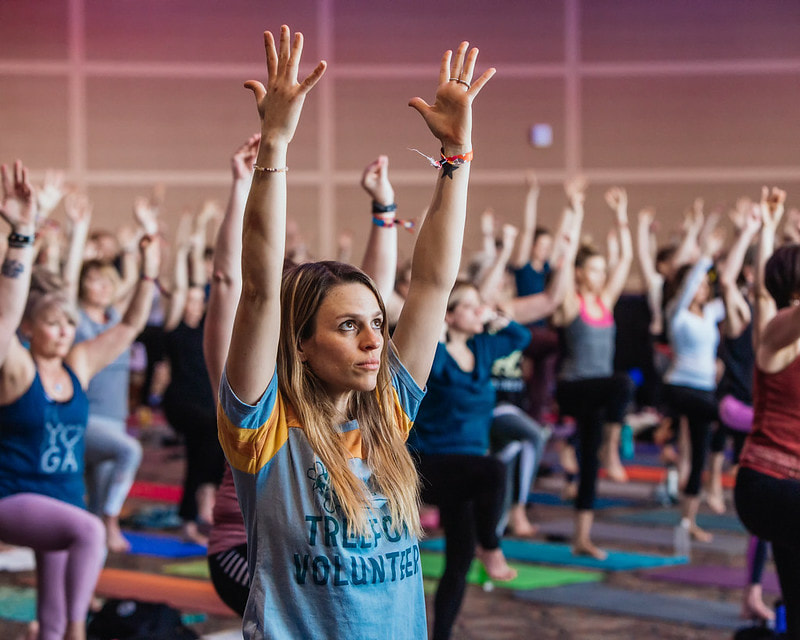
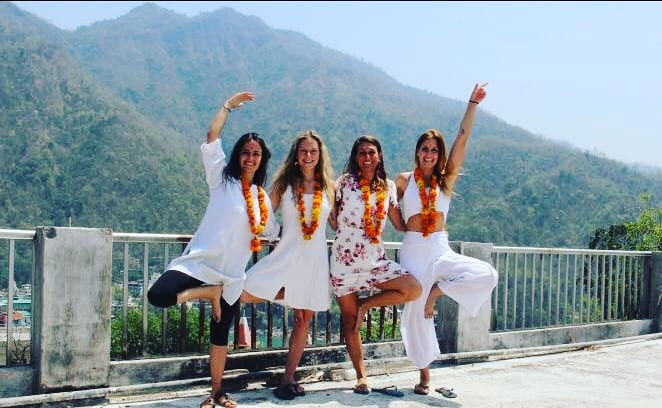
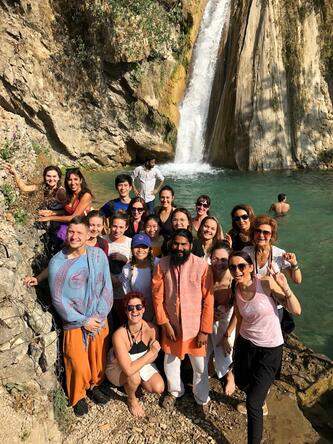
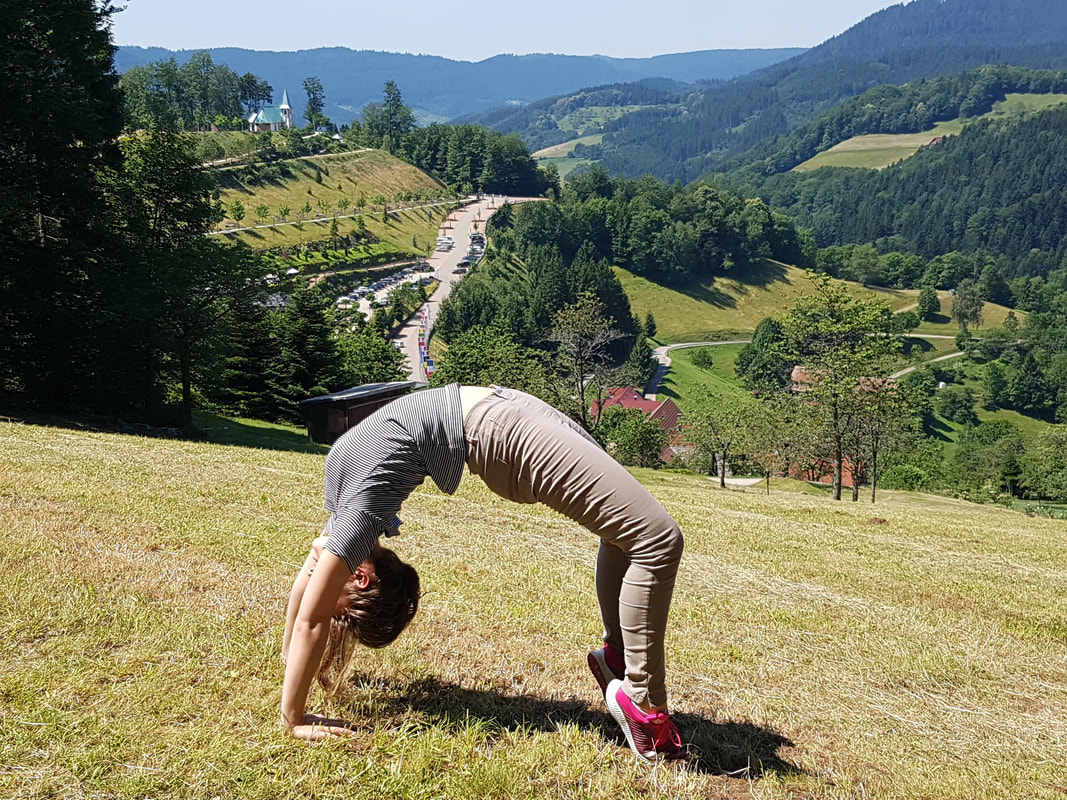



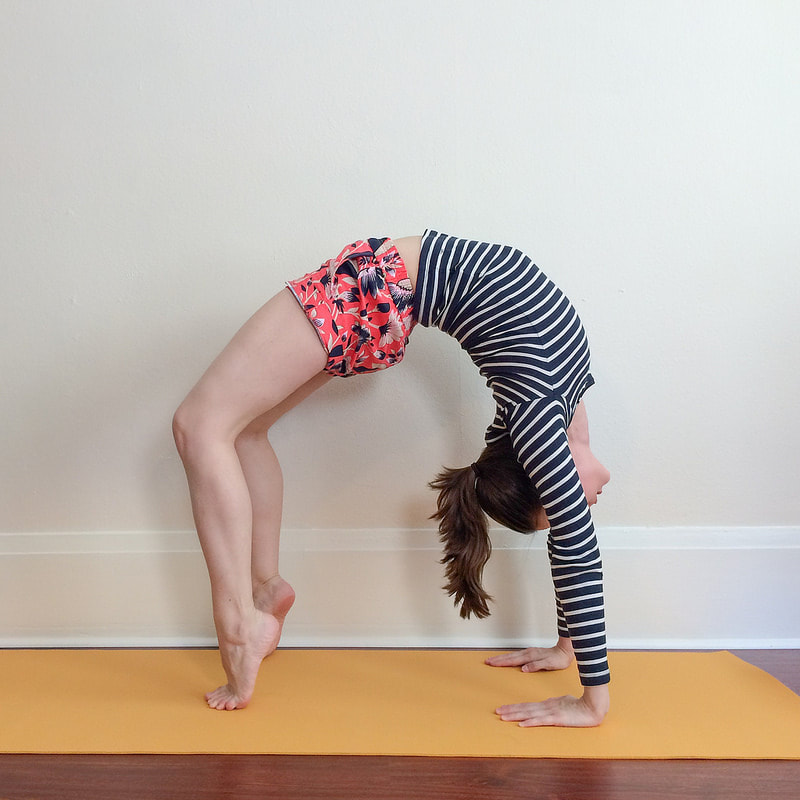
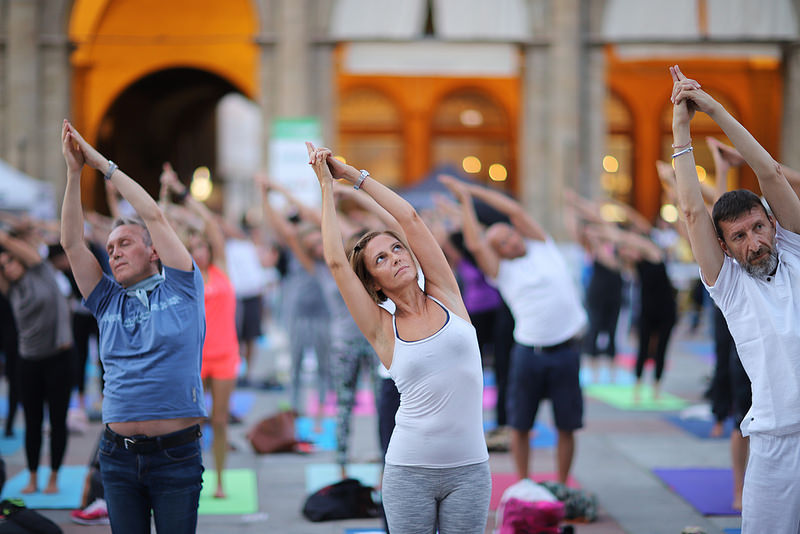
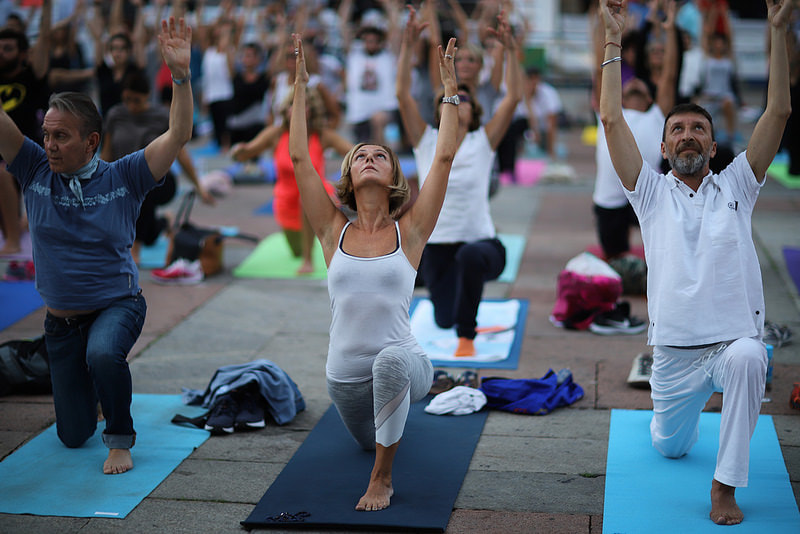

 RSS Feed
RSS Feed